You can grow tomatoes. You just need to figure out which ones want to grow for you. Here are 3 ways to find your best tomato varieties.
How to Choose Tomato Varieties That Will Grow Well for You
When you’re out of your element, it’s hard to thrive.
For me, the ocean is not my element. I get the creeps swimming in deep water.
It’s all too easy to imagine the horrible creatures that could rush up from the briny depths with eyes like fishbowls and gaping mouths with rows of teeth aimed at my legs, intent on dragging me into the deep as the air is expelled from my lungs in a last futile scream of horror.
I dunno. Any of you guys feel that way?
If you don’t, just take a minute and look up “gulper eels.” You’ll never swim again.
You May Also Enjoy:
Discover the Master Secrets You Need to Know to Grow Big, Juicy, Delicious Tomatoes Every Time!
“3 Expert Tomato Growers Share Their Best Tips”
All that to say, the ocean is not my element. I am much happier on land, preferably in my garden some miles from the shore. There, I will thrive.
Similarly, if you raise rabbits like you raise chicks, they’ll be unhappy—and likely die. Or if you pave paradise and put up a parking lot, you’ll upset Joni Mitchell.
Not All Tomato Varieties Are Created Equal
Plants and animals and Canadian singers are all adapted and comfortable under certain conditions. The same is true for tomato varieties. Not all tomatoes are created equal.
Every time I try to grow large-fruited tomato varieties in a tropical climate, I fail. Sure, I’ll get a tomato or two, but nothing that justifies the care and work involved. I’ve done okay with Romas and with Better Boys and Early Girls when I give them lots of care, but by far my best tomato-growing luck is with cherry tomatoes.
You May Also Enjoy:
“My Method for Growing Massive Tomatoes”
“Homesteading Basics: Determinate vs Indeterminate Tomatoes”
In a hot, humid, rainy climate, the cherries take off. In Florida and the sunny South, one tomato variety in particular is a total monster, outgrowing every other tomato in the universe. Known as the Everglades tomato, this tiny little currant-type tomato is an alleged native variety.
After seeing it grow like a monster under adverse conditions, even perennializing and re-seeding without care, I started recommending it to my readers some years back. Since then, I have been sent pictures of the Everglades tomato and its rampant growth habits.
Like this one from DeAnna, who sent me this picture, captioned, “It’s taking over the world.”
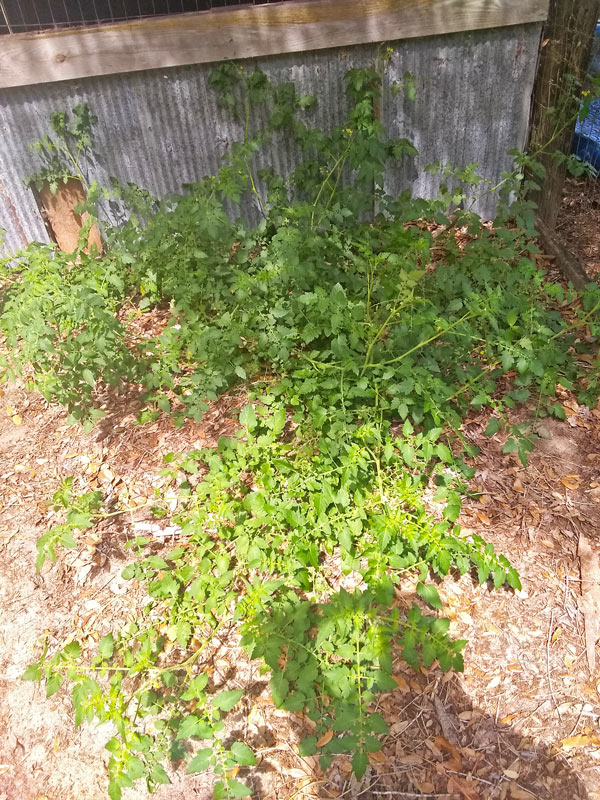
If you live in a hot, humid climate, try the Everglades tomato.
Everglades tomatoes sprawl along the ground and make hundreds of tiny fruits, requiring little to no care. And did I tell you about their self-seeding?
Heather sent me this picture, titling it, “Behold the power of the Everglades tomato!”
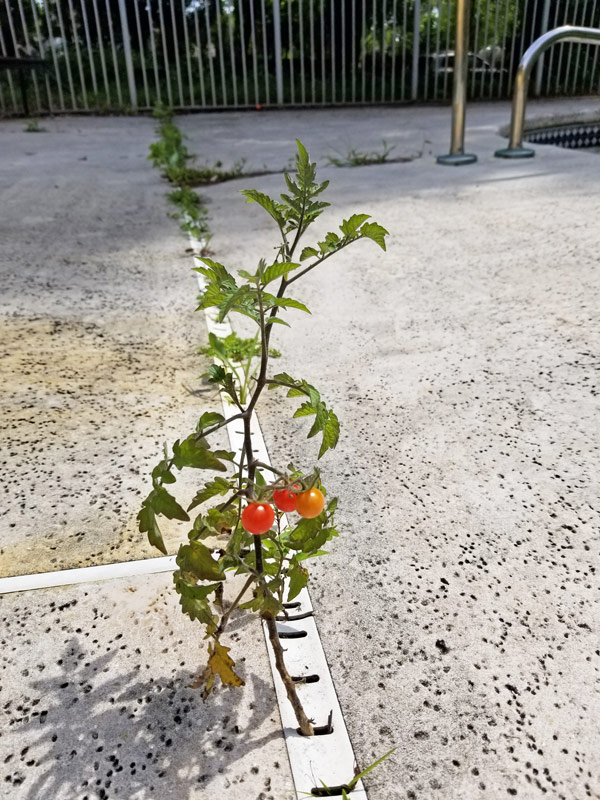
Everglades tomatoes self-seed readily.
Now that’s a tomato.
Yet this tomato variety isn’t any good for hamburger slices or sauce-making. It’s pretty much the tomato equivalent of a berry, great for fresh eating and for children to pick, but not nearly as useful as a saucy Roma or a juicy Mortgage Lifter.
Yet in your climate and soil, you might have better luck with those larger-fruited tomatoes. Let’s take a look at what I consider to be the best ways to pick a good tomato variety for your climate.
#1. Find Out What Tomato Varieties Grow Commercially

Image by Paul Brennan from Pixabay
Though commercial tomato varieties aren’t on the “favorite” list for most gardeners, researching local commercial tomato growers in your area can get you started down the path of finding well-adapted varieties for your climate. If there are farmers growing tomatoes near you, call and ask them what tomato varieties they grow. Chances are those varieties would also grow in your garden.
You May Also Enjoy:
“Remove That Tomato Debris … Or Is There A Better Way? (Homesteading Basics)”
“Frass! A Hornworm Is Eating My Tomatoes and Peppers!”
“Underground Greenhouse Produces Tomatoes Year-round (VIDEO)”
And if you buy some locally grown tomatoes at a farm stand, go ahead and plant the seeds. Even if they are hybrids, you’ll still get decent tomatoes. If they’re open-pollinated types, so much the better. Tomatoes grown in your climate should be better adapted to your climate than seeds bought from other regions.
#2. Ask Local Gardeners and Experts
Often, the best source for gardening information is other gardeners. If you can join a local gardening group on Meetup.com—or just drive around and look for backyard gardens, then say “hi” to the owners and strike up a conversation—you can learn from others’ successes and failures. Calling the local Extension Office and asking them about the tomato varieties that are easiest to grow may also help.
You May Also Enjoy:
“6 Reasons You Should Call Your Extension Office Today”
Finally, look for local gardening blogs. My site is loaded with information on Florida gardening, but it might not be helpful for a New York gardener. If you’re in Albany, for example, look up “Albany gardening blog,” and see what you get.
#3. Experiment Like a Boss
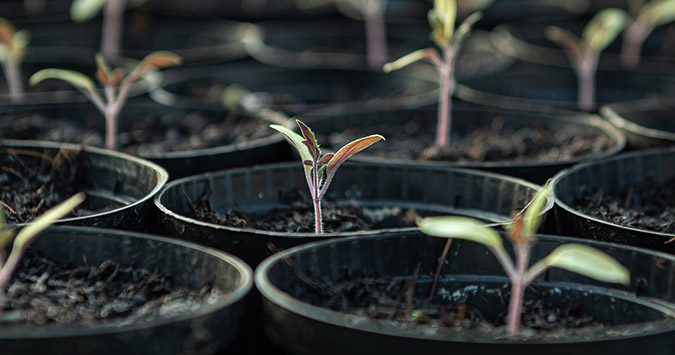
Image by Andreas Göllner from Pixabay
The final option, which is my personal favorite, is to just buy a wide variety of seeds and plant them. Go hit up a seed site, like Baker Creek, or the Southern Exposure Seed Exchange, or Territorial Seed, or Burpee, or the local seed racks at Home Depot, then buy a half-dozen packets of different varieties of tomato seeds and plant some of each and see what does best.
There’s nothing like experimentation to make you a better gardener.
Remember, though, that just because a variety does well—or fails—one year, it doesn’t mean it will do the same the next year. Insects and pests and weather conditions change from year to year. If you really like a certain variety of tomato, I recommend growing it for a few years in a row before deciding if it’s a keeper or a chucker.
You can grow tomatoes. You just need to figure out which ones want to grow for you. There’s almost certainly a great option for your area. Keep your eyes open and your experiments running. You’ll find success.
What Do You Think?
What’s your favorite variety of tomato to grow in your area? Do you have any other tips for finding the right tomato for a certain climate? Let us know in the comments section below!
___________________
The Grow Network is a participant in the Amazon Services LLC Associates Program, an affiliate program designed to provide a means for our team to earn fees for recommending our favorite products! We may earn a small commission, at no additional cost to you, should you purchase an item after clicking one of our links. Thanks for supporting TGN!
David The Good is a Grow Network Change Maker, a gardening expert, and the author of five books you can find on Amazon: Compost Everything: The Good Guide to Extreme Composting, Grow or Die: The Good Guide to Survival Gardening, Totally Crazy Easy Florida Gardening, Create Your Own Florida Food Forest, and Push the Zone: The Good Guide to Growing Tropical Plants Beyond the Tropics. Find fresh gardening inspiration at his website TheSurvivalGardener.com and be sure to follow his popular YouTube channel.

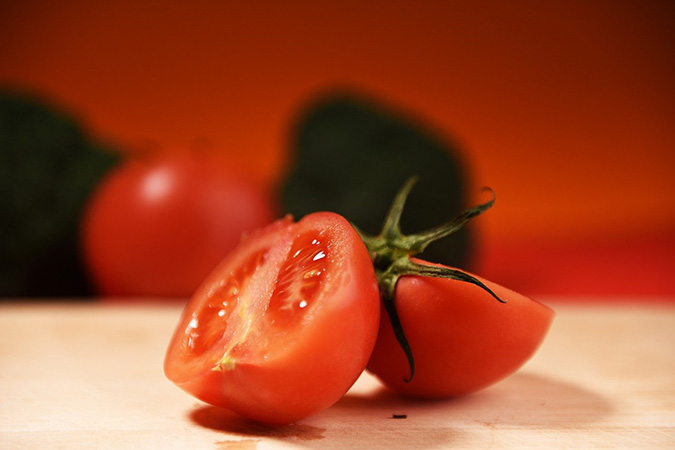
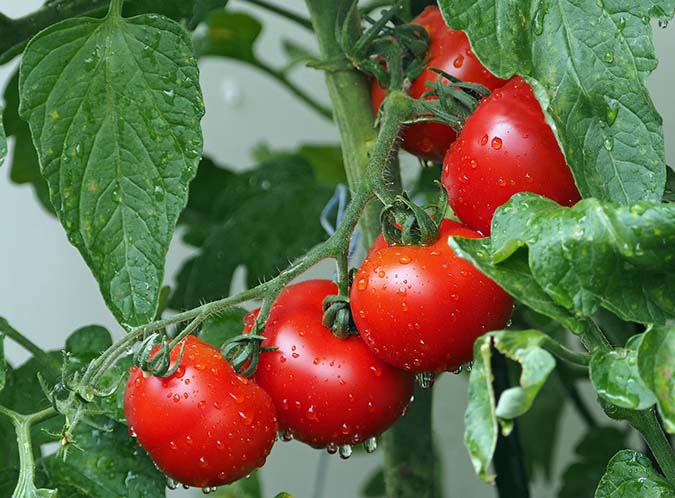
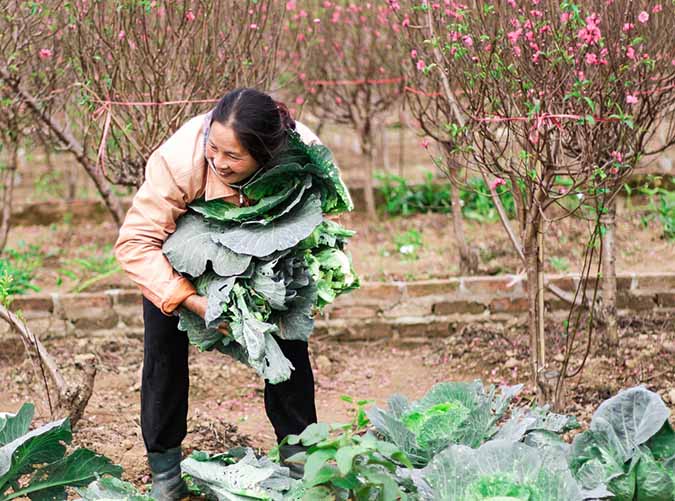







COMMENTS(1)
My favorite tomato is Cherokee Purple! It is native to East Tennessee and does well in my garden. I’m in the process of starting seedlings now.